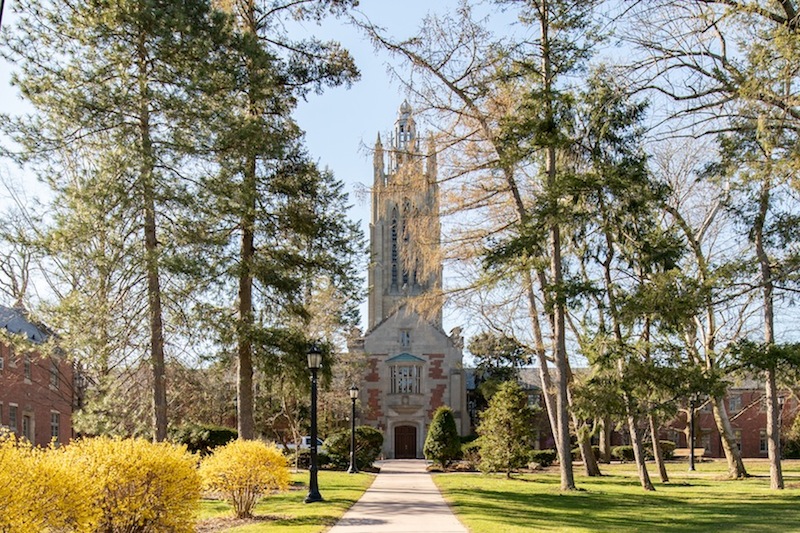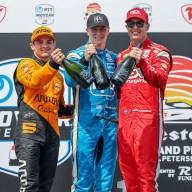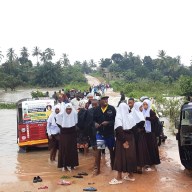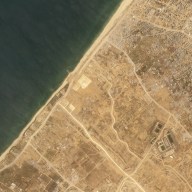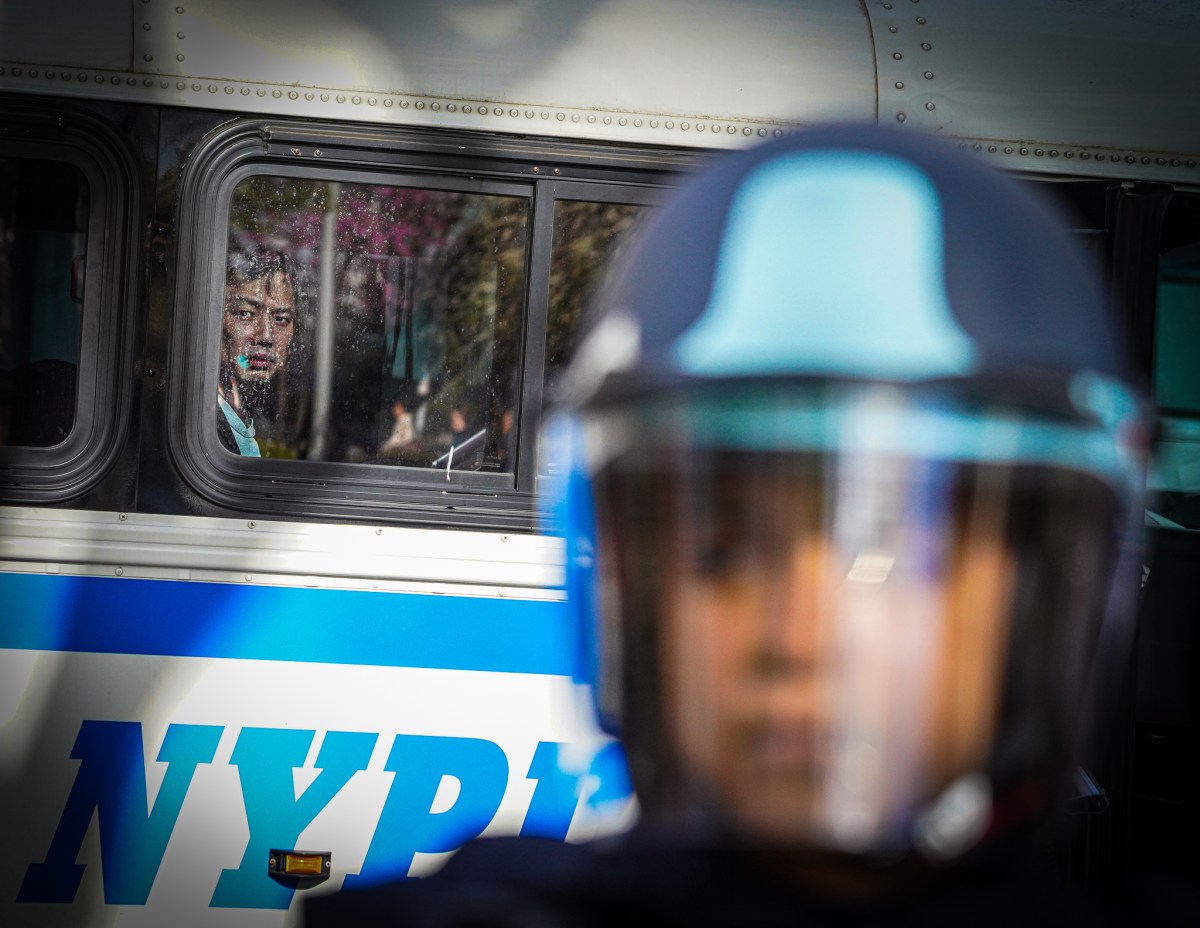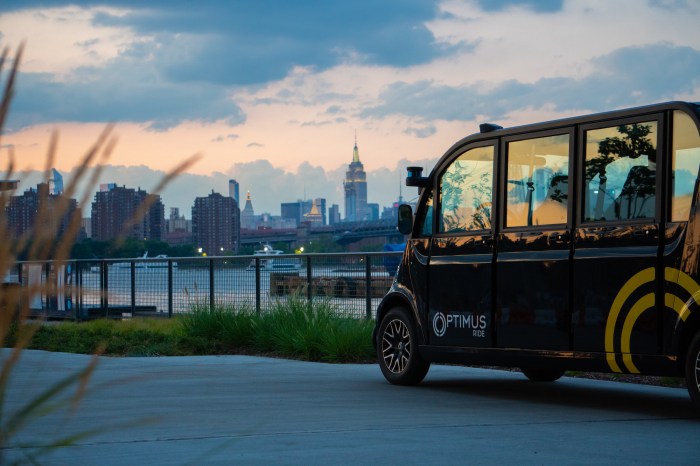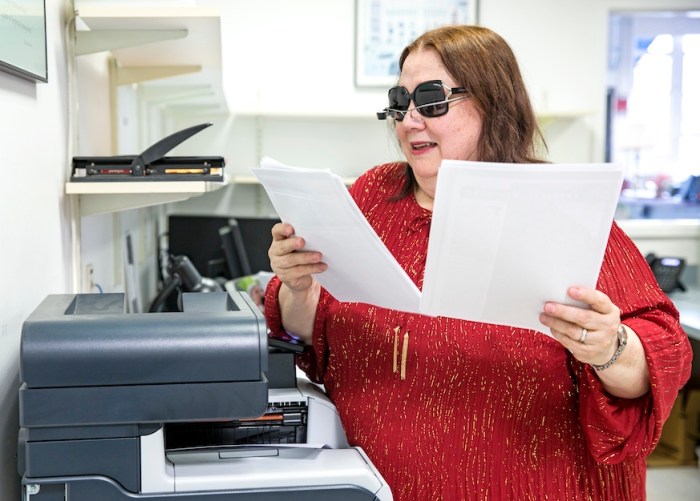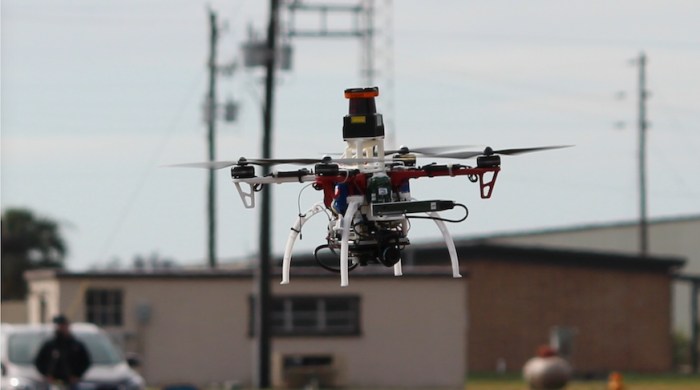To Apple, the world of technology should be accessible to everyone, and that’s why the company is partnering with Perkins School for the Blind in Watertown to teach kids how to code.
The tech giant has an initiative called Everyone Can Code, which includes a curriculum meant to bring the skill of computer coding to students of all ages through the iPad app Swift Playgrounds. Now, Apple is teaming up with schools that serve the blind and deaf communities to ensure that they aren’t left out of the coding conversation.
Perkins School for the Blind is one of eight participating schools across the country (and the only one in New England) to partner with Apple to teach kids how to code, no matter the visual (or auditory) barriers they may have previously faced.
As the world turns more technical every day, coding is the language that lets people solve problems by creating programs, apps and more. By offering this skill to blind students at Perkins, said Superintendent Ed Bosso, it’s making the world of technology that much more accessible.
“Our mantra is to prepare the students here for the world,” he said. “We do have students that do coding already, and this is a great opportunity to dispel myths, maybe, about what blind people can and can’t do.”

Teaching kids coding in an accessible way
Perkins School for the Blind will implement the Everyone Can Code curriculum next school year. The program works with VoiceOver, a screen-reading technology for those who are blind or low-vision, to teach kids how to code step-by-step, without them ever needing to see the screen.
Giving this skill to Perkins students will hopefully allow them to create their own solutions, Bosso noted, to the unique challenges that the blind community faces — and which other people in the tech world may not be working on.
“Our students access the world in ways we can’t imagine, using tools we can’t even think about because it’s not in our nature,” he said. “When you think about advances made in autonomous vehicles, artificial intelligence, Aira — there are so many technologies that we want our students to be on the forefront of, not only as consumers, but as advisors.”

